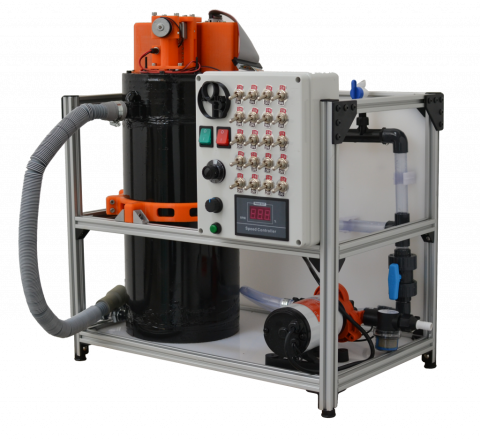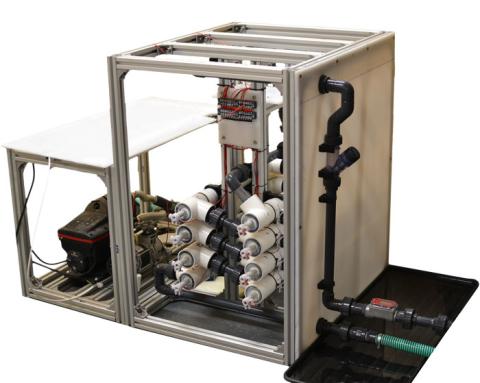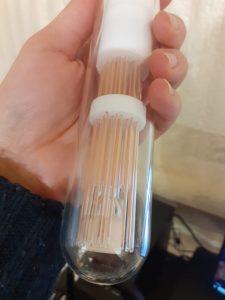Overview
AquaB provides two fundamental types of generators: stand-alone, flow-through generators and ‘internal’, submersed generators.
- Internal, sumbersible generator
- Stand-alone, continuous-flow generator
1. Effective parameters on nanobubble generation which can control the size, concentration and production rate are listed below.
- Field intensity
- Field-exposure time
- Gas flow-rate
- Water flow-rate
- Gas/water mixing ratio
2. In the case where a dangerous gas – either flammable (H2, CH4) or toxic (O3) – will be used, a generator with a controlled atmosphere needs to be employed.
3. For studies featuring very high DO demand (or demanding very high ozone concentration), an internal oxygen generator could be used to capture oxygen from the air; however, an O2 gas cylinder can also be used.
4. For existing banks of aeration diffusers, AquaB can retro-fit
AquaB R&D Models
This option allows for independent alteration of a variety of NB-generation protocols, to allow the users/researcher to optimise MB-generation approaches for given purposes. For open-loop water flow, the water flow-rate can be set up to 12 lit/min, or water from a 50-litre reactor can be circulated into the generator for a continuous-flow NB generation during the process time.
The following list presents options for the stand-alone-generator R&D models with model numbers AQB-RD-S1, AQB-RD-S2, AQB-RD-S3, AQB-RD-SO1:
- Adjustable Field Intensity
- Adjustable Water Flow rate
- Adjustable Gas feed rate
- Adjustable Field-Exposure time
- Adjustable gas/water mixing
- Internal oxygen generator
Internal generators can be used for applications, such as fermentation, in which preliminary sterilisation at higher temperature is required. Using these types of generators will provide this option to the user to treat the whole body of the NB generator as a part of the main reactor.
The following list presents options for the available internal-generator R&D models with model numbers AQB-RD-I1, AQB-RD-I2, AQB-RD-I3:
- Adjustable Field Intensity
- Adjustable Field-Exposure time
- Corrosive media
- High temperature media
AquaB Nanobubble Generators
Generating nanobubble populations of up to 109-1010 per ml

Pipe-flow Model
AquaB used its in-line, pipe-based NB generator at up to 100 l/min to perform irrigation, which gives NB levels of 108 per ml, and typically enhances some plant-growth stages by over a third:
This has also been used – very successfully – for CO2-NB generation for use in water-fogging for stomatal delivery to plants, as well as a water-carbonation feed line in the cultivation of algae in water.

Water “Nano-gasification” with Suspended Solids
This is a nanobubble generator designed for continuous-flow processing of suspended-solids water.
Taking in just ambient air, the oxidation/stripping of ammonia is spectacular in samples of activated-sludge water.

Water “Nano-gasification” in Cleaner Water
We can carry our nano-aeration or nano-gasification in a continuous-flow generator for water without appreciable suspended solids, with the option of an ‘oxygen-surge’ generator to boost DO even further. This model can do up to 200 l/min with 108 NBs per ml.

Submersible-Generator Design
AquaB used a smaller-scale immersed design as per below – which is “plug-and-play” with a low-power air pump to supply coarse air bubbles thereto for conversion into nano-bubbles. This is very effective where the water residence time is more than a few hours.

Test-Tube Unit
For those needing to ‘nano-gasify’ efficiently 20-50 ml in a test-tube, this test-tube unit below is exceedingly useful, operating at up to 109 NBs per ml. This means that analytical chemistry and research laboratories can use AquaB’s ultra-dense NBs as a catalyst for new discoveries and facilitate potential academic/research collaborations, should this be of potential mutual interest.

